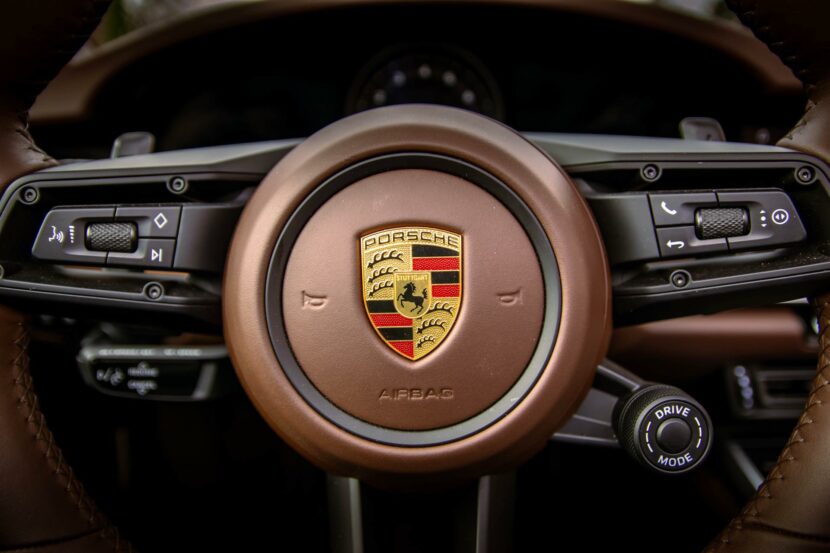When the police series “Isar 12” launched the hunt for criminals on German TV in January 1961, Bayerische Motorenwerke had already gained several years of experience in providing specially produced patrol cars. The baroque styling of the BMW 501, now a frequent and welcome visitor at the Goodwood Festival of Speed, is an excellent example of this aspect of the business, in operation since 1955.
In addition to various police authorities, clients who require specially designed service vehicles also include emergency services and fire brigades. The range of vehicle types is broad, ranging from the familiar patrol cars and emergency medical vehicles to the more unusual models, such as so-called unmarked police cars. Development work is often promoted together with the authorities in an effort to increase safety during duty. In 2010 this included an innovative warning device that was designed to make it easier for flowing traffic on motorways in particular to recognize stationary patrol cars. Additional lighting units integrated in the tailgate should reduce the danger of colliding with the stationary vehicle.
It is of decisive and fundamental importance that tailor-made solutions should be offered for the various requirements. “We can look back on many years of experience with the implementation of specific customer requirements,” says Dr. Kay Segler, Chairman of the Executive Board at BMW M GmbH. This relates not least to the BMW plant, where the only limits to what can be achieved are imposed by the legislators or the willingness of the exclusive clientele to spend money.
“One of the major challenges in the area of security vehicles is to make the cars as discrete as possible despite all the protective measures. We call this design-neutral implementation,” explains Werner Kleeberger, Director of Development for Security, Service and Special Vehicles. This unobtrusiveness is one of the keys to protecting lives, After all, no external attention should be drawn to passengers with higher security requirements.
Exclusivity is something also found in the area of security vehicles. BMW has amassed over 30 years of experience in development and production in this area. Integration in the factory processes is a key distinguishing and quality feature. Unlike retrofitted conversions, all requirements can be incorporated in the design from the outset in the case of BMW security and high security vehicles. This means that the gaps in security found in bodywork joints, door jambs or the transition from metal to glass can be avoided from the outset. At the same time, the structure of the bodywork is reinforced as required and the chassis and brakes are adjusted to reflect the added weight. All measures are drawn up, checked and released by BMW development engineers.
All BMW security and high security vehicles are subject to extensive testing from development to production, involving both ballistic tests and driver trials. The entire vehicle is examined and certified by the state Ballistics Office in Mellrichstadt in line with internationally recognized standards. While retrofitting companies can only test the material chosen for the armor with a ballistic test, in the certification form chosen by BMW, the entire car is the test specimen. This is the only way that the comprehensive protection of the entire concept can be proven realistically. At present the product range includes the models BMW X5 Security, BMW X5 Security Plus, BMW 750Li High Security and BMW 760Li High Security, which fulfill the requirements of various protection levels up to resistance class 7 (BRV 2009).
The range of tasks also include making conversions to special cars that enable people with physical disabilities to stay mobile. This business area is characterized by unobtrusiveness, discretion and sophisticated engineering. “We want to make automotive dreams a reality,” says Dr. Kay Segler, summarizing his vision of BMW M GmbH. And yet, an unmarked BMW police car can quickly become a nightmare for many overzealous drivers.
[Source: M-Power ]









































































